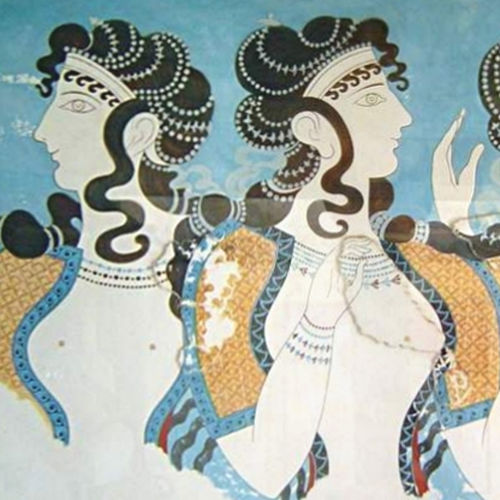
Dedicated for all DNA, Analysis Results, History, Research topics related to: Minoans
The Minoan civilization (2700 BC to 1450 BC) was based on the island of Crete and other Aegean Islands. The Minoans are famous for large and elaborate palaces up to 4 stories high with elaborate plumbing and frescoes. During this period there was extensive trade between Crete, Aegean and Mediterranean settlements including the Near East. Minoan cultural influence extended into Cyprus, Canaan, Egypt and Anatolia.
Minoans worshipped a Great Goddess, thought of as a divine solar figure. Sacred symbols included the bull, the double-eaded axe, the pillar, the serpent, the sun-disc and the tree.
Minoan cities were connected by narrow paved roads. Water and sewage facilities were available to the upper class through clay pipes.
There is no evidence of a Minoan army or domination of peoples beyond Crete. There is little evidence of Minoan fortifications.
Genetically Minoans are closely related to Mycenaean Greeks.
The decline of the Minoans was possibly due to invasions from mainland Greece and the major volcanic eruption on Santorini.
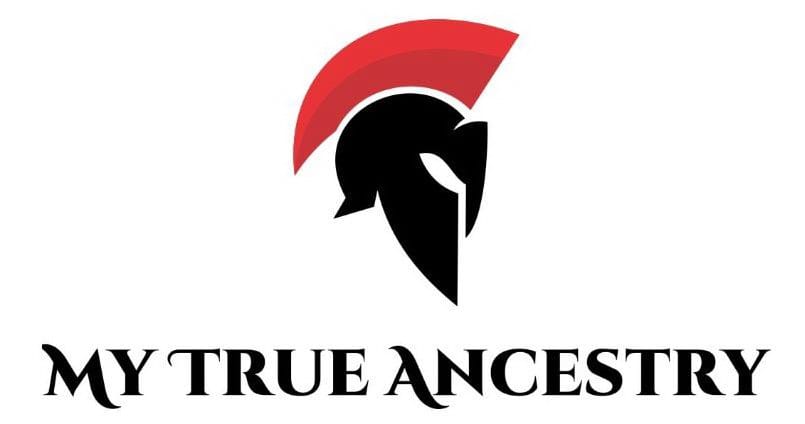
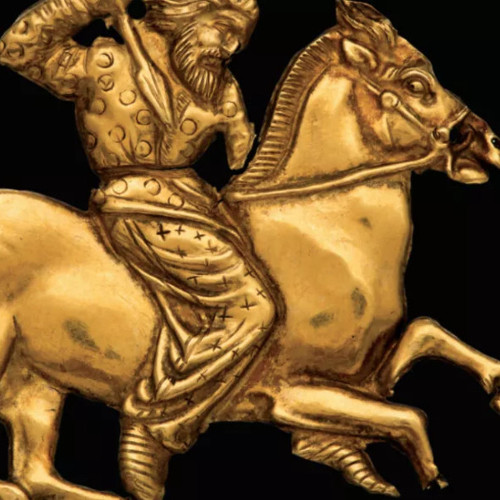

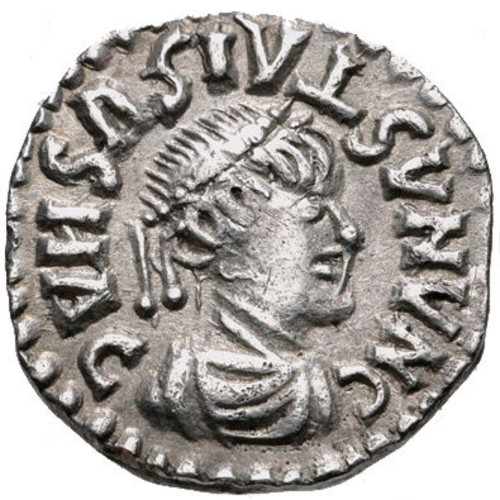


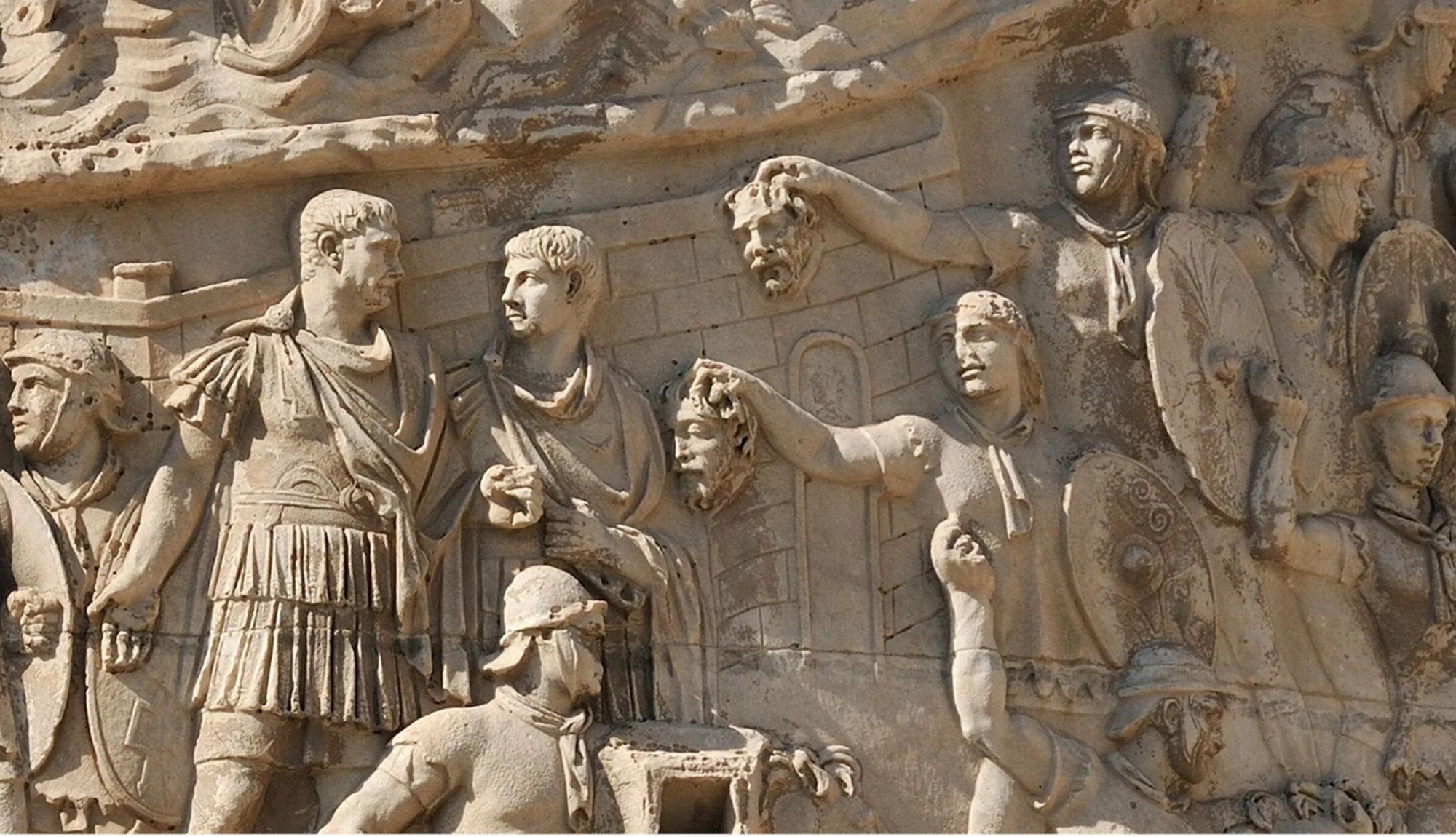
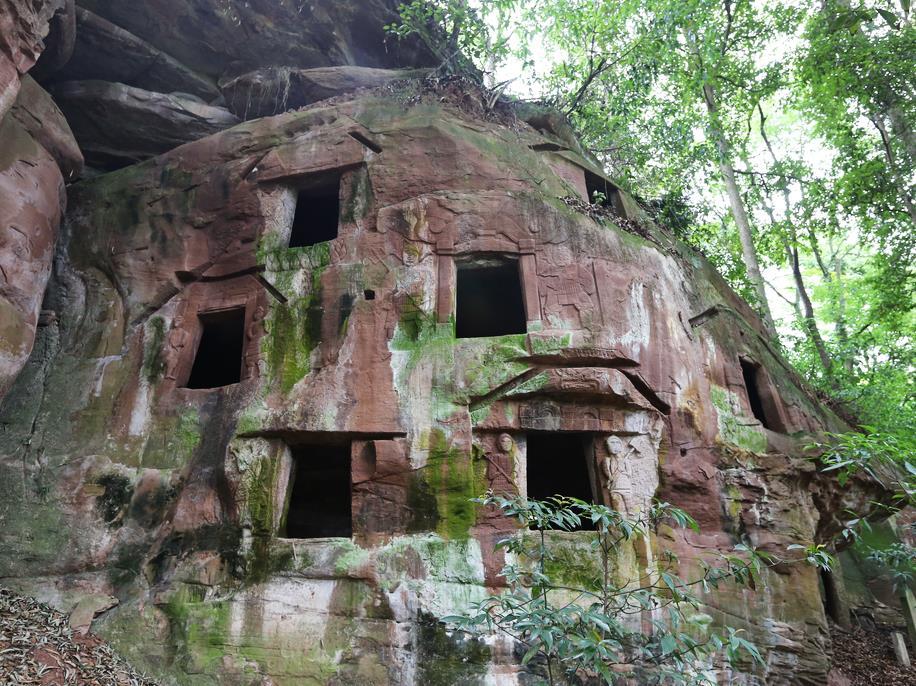
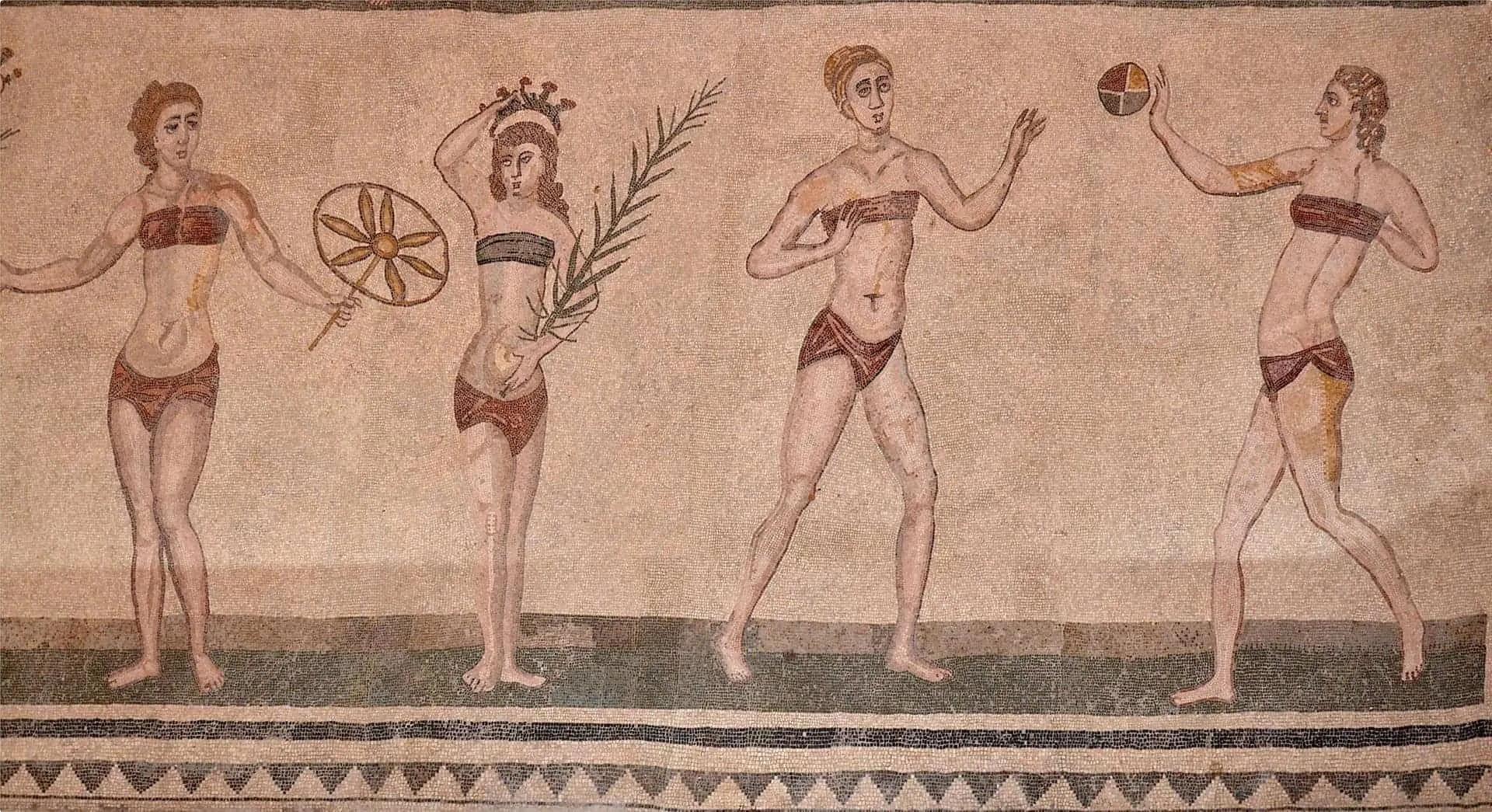

Comments